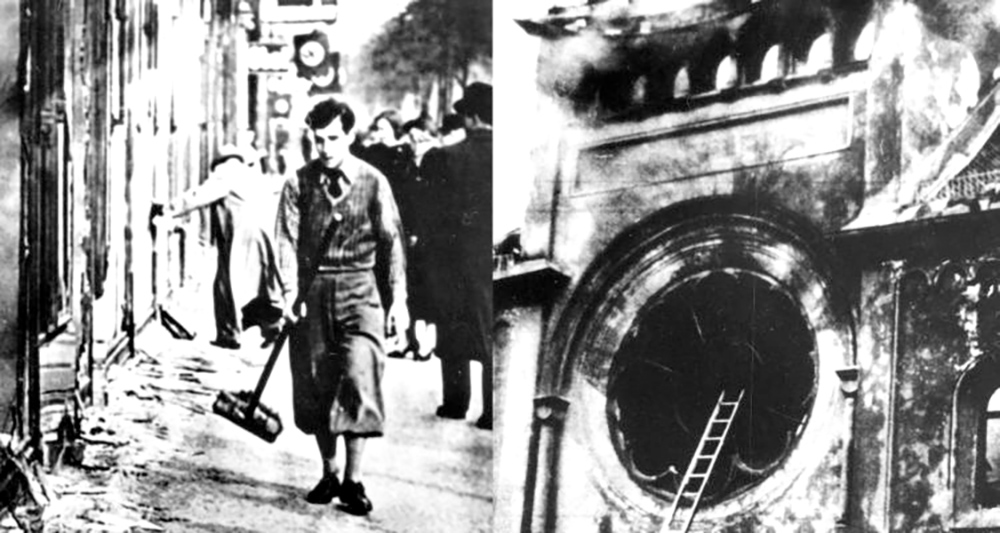|
Getting your Trinity Audio player ready...
|
Kristallnacht: The Night of Broken Glass and the Beginning of the Holocaust
Edited by: Fern Sidman
On the night of November 9, 1938, an orchestrated wave of violence swept through cities across Germany and Austria, marking a pivotal turning point in the Nazi regime’s persecution of Jewish communities. Known as Kristallnacht, or the “Night of Broken Glass,” this violent pogrom saw Nazi storm troopers and civilian mobs attack Jewish homes, businesses, and places of worship. By the end of the rampage, 7,000 Jewish businesses lay in ruins, over 900 synagogues were ablaze or vandalized, and 91 Jewish lives had been brutally taken. More than 30,000 Jewish men were arrested and deported to concentration camps, signaling the Nazis’ brutal intent to escalate their campaign of terror against Jews.
In the days that followed, reports of the atrocities reached the international community, shedding light on the scale of devastation. A U.S. official stationed in Leipzig recounted the scene with horror in a report to the State Department, describing the sadistic treatment of Jewish residents. “Having demolished dwellings and hurled most of the moveable effects to the streets,” he wrote, “the insatiably sadistic perpetrators threw many of the trembling inmates into a small stream that flows through the zoological park, commanding horrified spectators to spit at them, defile them with mud and jeer at their plight.” This firsthand account captured the inhumanity of the events and provided a chilling glimpse into the brutality the Nazis inflicted upon innocent families.
The Nazi regime used a tragic incident that had occurred just days earlier to justify the widespread violence. On November 7, a 17-year-old Polish Jewish student, Hershel Grynszpan, shot Ernst vom Rath, the Third Secretary of the German Embassy in Paris. Grynszpan, deeply anguished by the forced deportation of his parents from Germany to Poland, saw his act as a desperate attempt to draw global attention to the worsening plight of Jews in Europe. His parents, along with thousands of other Polish Jews, had been forcibly relocated from Germany in the wake of Nazi anti-Semitic policies, despite having lived in Germany since 1914. When French authorities arrested Grynszpan, he pleaded his case, declaring, “Being a Jew is not a crime. I am not a dog. I have a right to live, and the Jewish people have a right to exist on earth. Wherever I have been, I have been chased like an animal.” Grynszpan’s outcry aptly described the despair and alienation felt by European Jews as they faced mounting persecution.
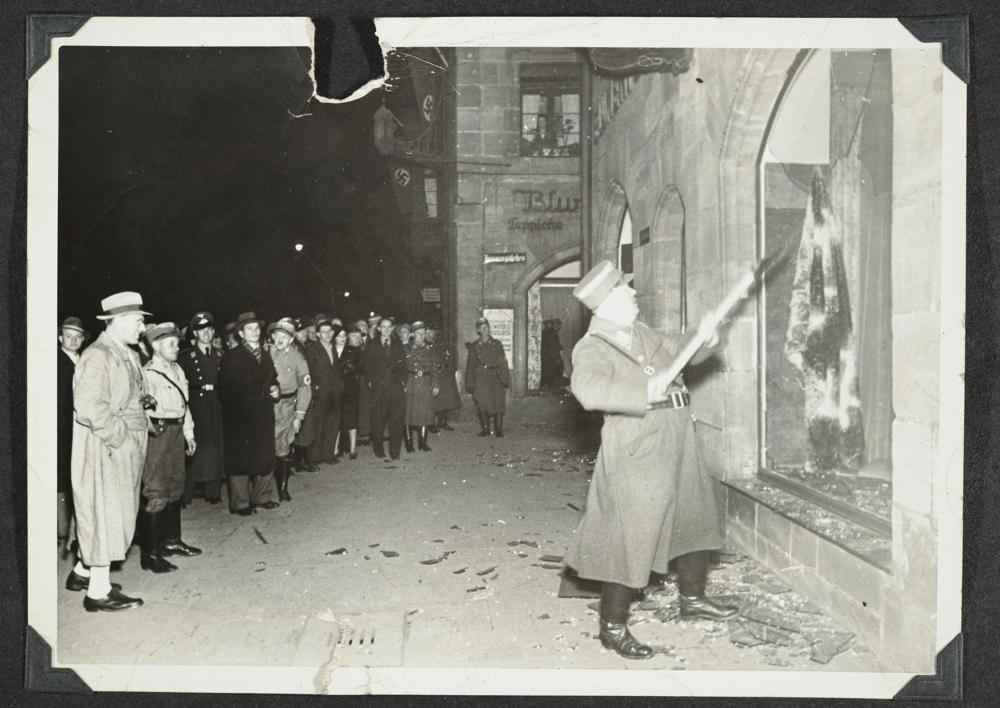
Vom Rath succumbed to his wounds on November 9, and news of his death quickly spread to high-ranking Nazi officials, who were attending a gathering in Munich. Seizing the moment, Nazi Propaganda Minister Joseph Goebbels gave a fiery, hate-filled speech that encouraged the assembled Nazis to take to the streets in retaliation. Goebbels’ words were both a directive and a warning, implying that German Jews would “pay” for vom Rath’s death. Goebbels’ message was clear and sinister, casting Jews as scapegoats and emboldening the Nazi leadership to carry out brutal acts with impunity.
In the hours that followed, Reinhard Heydrich, head of the Nazi Security Service, issued explicit orders to all State Police offices. Jewish businesses, homes, and institutions were to be destroyed but not looted, as looting would imply a loss of control. Heydrich’s orders also specified that the safety of German life and property was to be safeguarded at all costs, highlighting the Nazis’ intent to control the violence while maximizing its psychological impact on Jewish communities. Further instructions directed officers to arrest as many Jews as possible, prioritizing the wealthiest among them, to fill local jails beyond capacity.
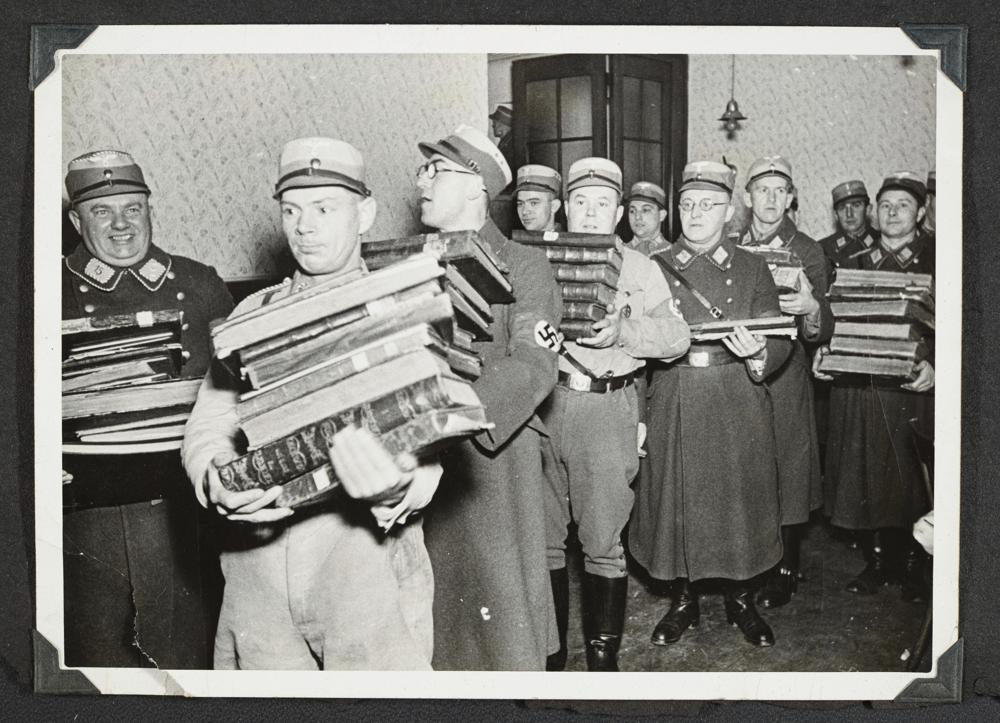
The violence that unfolded was an intentional, government-backed pogrom designed to break the Jewish community economically, spiritually, and physically. The destruction of synagogues was particularly symbolic, as these buildings were not just places of worship but also community hubs and cultural landmarks. In the days following the devastation, Goebbels publicly defended the desecration, stating, “We shed not a tear for them [the Jews].” Commenting on the razed synagogues, he remarked coldly, “They stood in the way long enough. We can use the space made free more usefully than as Jewish fortresses.” His words reflected the brutal logic of Nazi ideology, which viewed Jewish spaces and lives as obstacles to a distorted vision of “purity.”
Kristallnacht marked not just a night of terror but a pivotal moment in the Nazi government’s campaign to completely eradicate Jews from German public life. The orchestrated violence of November 9-10, 1938, was the culmination of five years of anti-Semitic policies that had slowly stripped Jews of their rights, businesses, and livelihoods since Hitler took power in 1933. In the days immediately following the pogrom, the Nazi government acted swiftly to translate this aggression into policy, issuing decrees that further marginalized Jews economically, socially, and publicly.
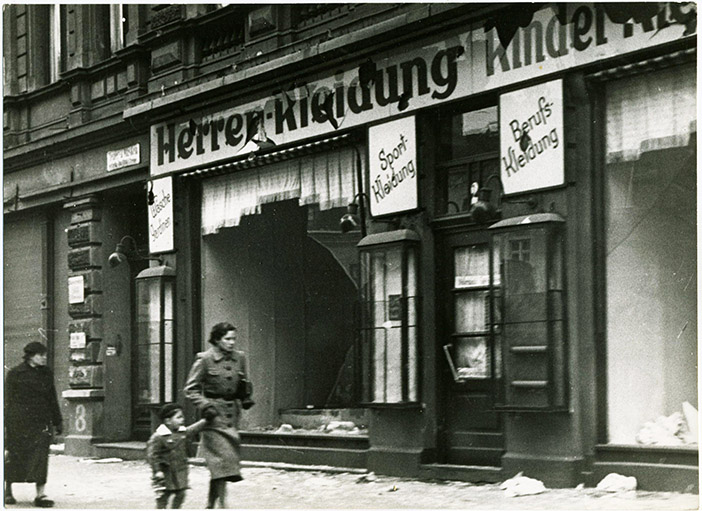
Within a week of Kristallnacht, Nazi authorities circulated a letter mandating that any Jewish business damaged during the pogrom could not reopen unless a non-Jew took control of its management. On November 15, Jewish children were formally expelled from public schools, stripping them of educational opportunities and marking their exclusion from German society’s institutions. Soon after, the Nazis issued the “Decree on Eliminating the Jews from German Economic Life,” which effectively blocked Jews from participating in any sector of the economy. Under this sweeping decree, Jews were forbidden to sell goods or services, work in trades, hold management positions, or be members of cooperatives. These measures systematically severed Jews from the economic life of the country, impoverishing them and leaving them without means of support or social standing.
In a final, cruel twist, the Nazi regime blamed the Jewish community itself for the damages inflicted on Kristallnacht, holding them responsible for the loss of property and destruction of lives. The Nazis issued the “Decree on the Penalty Payment by Jews Who Are German Subjects,” which imposed an arbitrary fine of one billion Reichsmarks on the Jewish community—allegedly as an indemnity for the death of German diplomat Ernst vom Rath. This financial burden was not only impossible for the impoverished Jewish community to meet but also served as an additional tool of persecution, aiming to deplete any remaining wealth among Jews and cripple their community further.
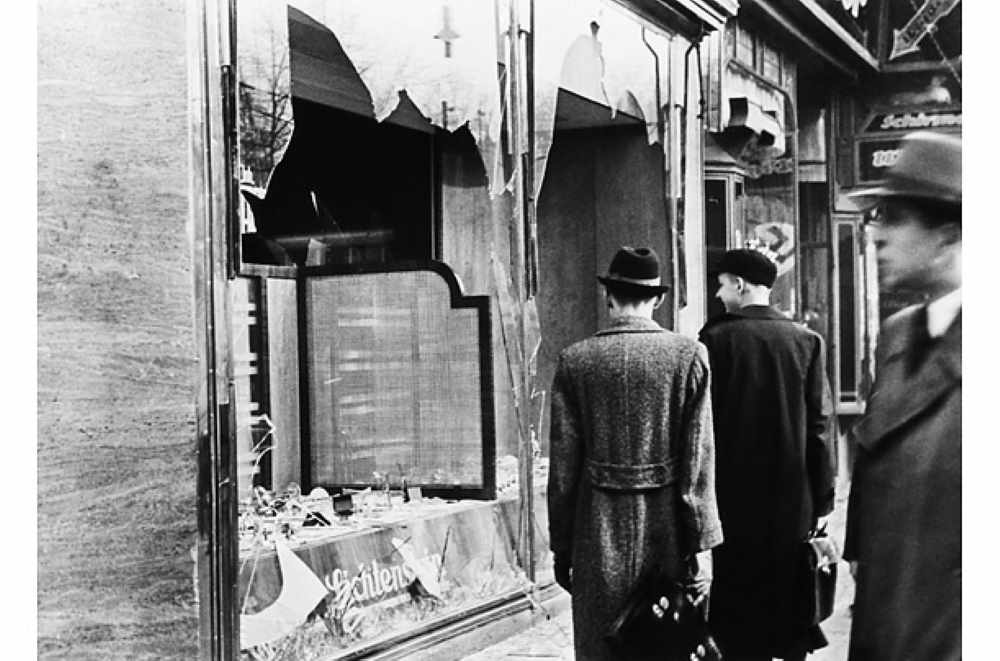
The global response to Kristallnacht was one of shock and outrage, particularly in Western Europe and the United States, where reports of the atrocities reverberated through the press. President Franklin D. Roosevelt of the United States, visibly disturbed by the reports of violence, held a press conference on November 15, in which he remarked, “The news of the past few days from Germany has deeply shocked public opinion in the United States… I myself could scarcely believe that such things could occur in a 20th-century civilization.” His reaction mirrored the disbelief felt by many who had previously underestimated the Nazi regime’s capacity for cruelty.
While Roosevelt’s statement condemned the Nazi regime’s actions, the U.S. government took limited steps to assist Jews in Germany. In a gesture of compassion, Roosevelt instructed that the 12,000-15,000 German Jews who were in the United States on temporary visitor visas be allowed to remain indefinitely. However, beyond this extension, no large-scale intervention or refugee plan was initiated, and strict immigration quotas remained in place. The lack of concrete action by the United States and other Western powers left many Jewish families trapped in a hostile and dangerous environment with limited options for escape.
Kristallnacht set the stage for what would soon become the systematic annihilation of European Jewry. The anti-Semitic policies enacted in its wake were a stark precursor to the Holocaust, representing a shift from social and economic exclusion to outright persecution and extermination. Kristallnacht showed the world the Nazis’ intent to rid Germany of Jews by any means necessary and demonstrated the international community’s hesitation to intervene. This combination of escalating brutality and lack of outside assistance ultimately paved the way for the genocide that would soon follow.
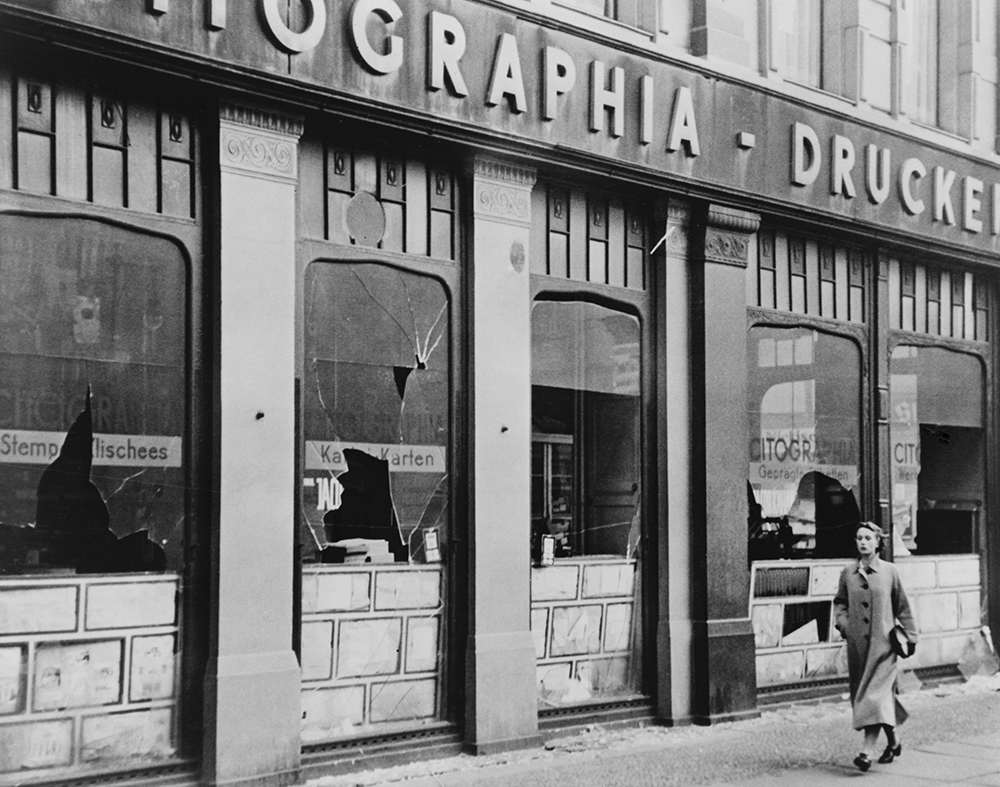
The Night of Broken Glass was more than an episode of violence; it was a coordinated attack that served as the opening act in the Nazis’ “Final Solution.” The destruction, arrests, and humiliation inflicted upon Jewish communities sent a message that reverberated across Germany and beyond: Jews had no future in the Third Reich. For those who witnessed Kristallnacht, it became a stark reminder of the dangers of unchecked hate, prejudice, and indifference. Today, the memory of that night serves as a solemn warning of the consequences of silence in the face of oppression.




